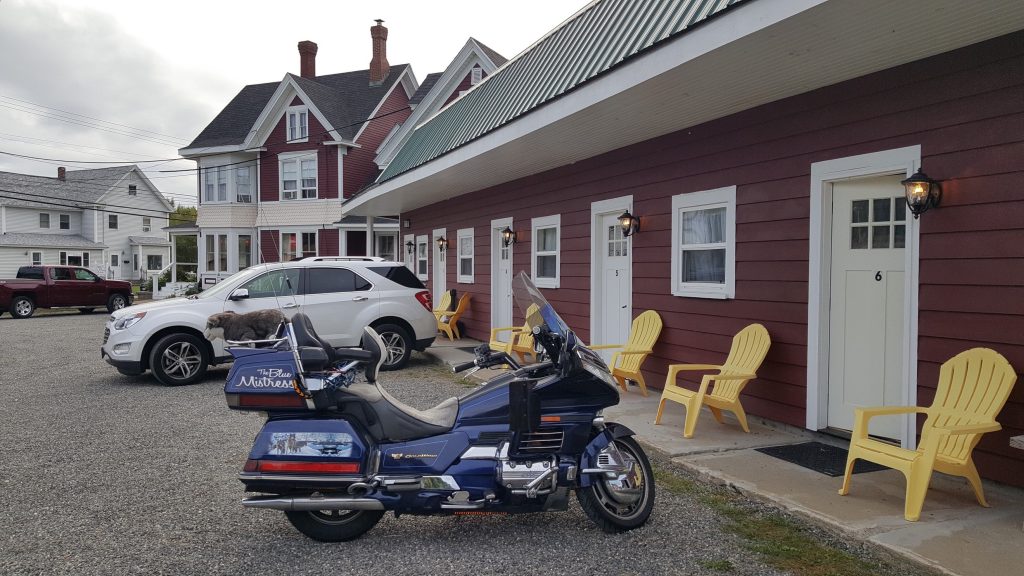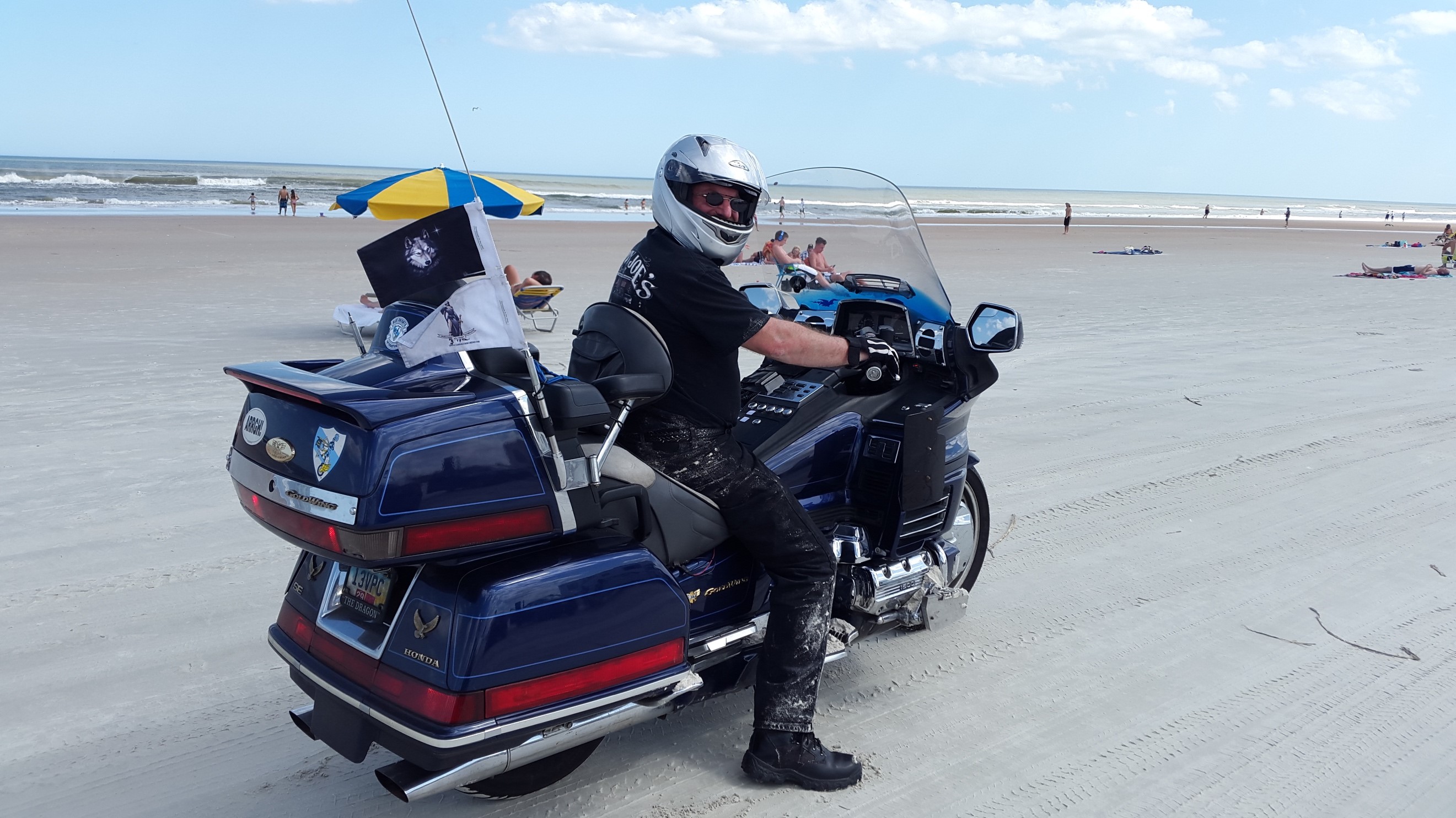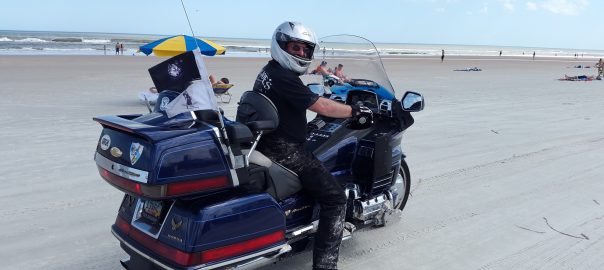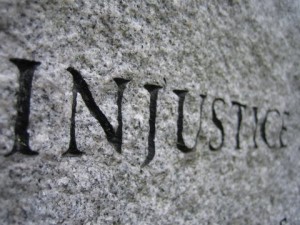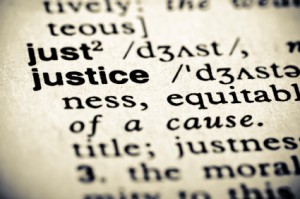
So What’s So Civil About It?
“Civil Litigation” seems to be an oxymoron. How can suing someone in any federal or state court be civil in any way, shape, or form be civil? In fact, in legal jargon most of litigation falls under the broad umbrella of “civil”. Most anything that is not criminal or domestic or probate is probably considered civil. Medical malpractice, common law torts such as breach of contract, defamation, negligence, intentional infliction of emotion distress, and unfair business practice are civil suits. The term “civil” is not always appropriate, as civil litigation can be contentious and painful to endure if you are on the defendant’s side and complex and time-intensive if you are on the plaintiff’s side. The following is how civil suits typically work.
Choosing a Litigator
Let’s say you want to sue someone. The first thing to do is to find an attorney, like for example me. These days roughly 30-35% of my practice is civil litigation. Whether me or not, it is efficient, if not quite important to find an attorney who can provide you “turn-key service”, meaning do everything from initial consultation to trial room litigation. Many attorneys shy away from the courtroom, or are even phobic about it. The “one-stop shop” approach makes sense for civil litigation since the process can be long and changing lawyers midstream can make it much longer yet. You want someone aggressive and assertive, but not overly off-putting. Practicing law, especially in litigation, can be as much about the subtle and timely offer as the overwhelming oration.
Clients should feel free to ask for references or about a litigator’s experience. Though I am happy to talk about my success rate, that can be deceiving, especially for someone who takes on difficult cases. Plus, defining “success” can be tricky, as examined further below. Ok, enough for the shameless Mark Bamberger Law Company plug.
Evaluating the Validity of Your Case
Once you have chosen an attorney who you can trust, the next step is, or should be, the debriefing. Here the client tells his or her story to the lawyer so he or she can evaluate the validity of the lawsuit. One of the hardest jobs in my practice is explaining to my clients the difference between being wronged in life and being able to prove being wronged in a civil court of law. Almost daily at Bamberger Law, I have good people in my offices who tell stories of dread and pain. I empathize, I sympathize, I feel their pain. But they have their family, friends, and family pets for that. What they need from me is experience and a cold and calculating view of their case for its legal validity. Some find this harsh, but it is important. Ethics prohibit an attorney, as an officer of the court, from filing what is defined as a “frivolous” law suit. That term is ill-defined, but in general it means a lawsuit without substance; one that cannot reasonable be proven. It does not mean “likely winnable”, as some suits I file are likely to fail. However, there is a minimal standard that the evidence of the case can lead, if reasonable minds see it objectively, as supporting my client. The standard of proof in a civil case is a “preponderance of the evidence”, meaning more likely than not. This is opposed to the criminal standard of reasonable doubt, which is far higher.
The evaluation of the validity of a civil lawsuit has a dual purpose. Many times at The Mark Bamberger Company I represent a “David” against a “Goliath”. This not always the case, but where it is, I often provide the option of doing the on contingency. That means that the client pays for the filing fee (typically between $200-350), along with depositional and expert witness fees down the road, but I pay for the rest. The rest could mean literally hundreds of hours and thousands of dollars of resources to litigation a case. Mindful of that, if take a case on contingency I have to believe that there is at least a decent chance of a settlement or payout at the end. As is typical in this region of the country, my cut of any final settlement is around 33%, while my take rises to around 50% if the case heads toward and ends up in trial. There can also be what I call a “mixed contingence” option, where the client pays me a retainer upfront, but my percentages at the end go down. These percentages seem high to some clients, but consider how much I get if we lose…nothing! Contingency in civil litigation is a high risk/high reward proposition. Many attorneys require a retainer up front, ranging from $500-$5,000 to take a civil case. I generally do not, which is part of why my civil practice remains busy while some others are stagnant these days.
I discuss with my clients their definition of “victory”. Depending on their honest and heart-felt answer, I can craft a legal strategy with the greatest chance of getting them there. If it involves getting their job back or a nice severance package, one approach might be appropriate. If a massive monetary settlement or finding is mandated, another strategy altogether might be indicated. This is also where experience with jury findings and knowledge of the “true value of damages” comes in. I can honestly counsel my clients on what they can expect and how much a case is “worth” in the eyes of the federal or state legal systems. Their sense of what a victory looks like also informs out decision down the road if and when a settlement is offered.
The Step 2 Letter
Once your attorney and you decide that civil litigation is the right path, the first step might be what I term a ‘Step 2 letter”. This is a letter under my company letterhead that explains to the other side what trouble they might be in. It specifically explains where my client alleges they perpetrated an offense. Finally, it allows them the opportunity to negotiate a settlement and save both sides the next 12-18 months of civil litigation. Justice happens, but it is not fast. Clients have to realize that if they sue someone, unless the other side settles quickly (which happens in maybe 5-10% of the cases), my clients will be looking at a year or more before they get even close to the end. I have one federal $1M civil case going on two years without sign of a quick conclusion. The Step 2 letter allows a quick and satisfactory ending and is worth an extra month of time to try, as long as my client thinks there is even a chance the defendant-to-be will see the error of his, her, or their way.
The Complaint
Assuming Step 2 fails, which is usually does, the civil complaint is drafted. I will often ask my client to write a bullet-pointed chronology of the events, in as much detail as possible. This does two things: first it provides me with the facts that I need; and second, it forces the client to put in some sweat equity into the work that is coming. With that detail and a thorough review of the case with my client, I am ready to write. I have numerous complaint templates I can use, but the guts of a civil complaint are the causes of action (what the defendants allegedly did), the elements of each cause of action, and the application of the pertinent facts to the elements to make the case for that cause of action. This is where the attorney’s knowledge of the client, the facts of the case, and the appropriate causes of action to include comes into play.
After the complaint is drafted, I always, and I mean always, send the draft to the client to review. In my view, this step is critical. For one thing, I wrote and will file the complaint, but I am speaking for my client, so he or she must be able to stand behind everything in that complaint, to the best of their memory, knowledge, and ability. Once I get comments and edits from my client, I make those changes, collect the filing fee from them, and file the complaint with the appropriate court. If there are federal questions involved, such as alleged constitutional violations like free speech, discrimination, and so on, it goes to federal court. Even if there are State common law torts like negligence involved, the federal courts have first claim under the Supremacy Clause of the United States Constitution. If no federal issues are expected, the Common Pleas Court of the appropriate county is where the complaint is filed. If the value of the claim is small (usually less than $5,000 in total), it goes to municipal Small Claims Court. Most of those are done pro se (by the client themselves) since it is not cost effective to get me involved.
Once the Complaint is filed, the Defendants are served, either via certified mail or personal delivery. They then have roughly a month to file an “Answer”, which is just that. They must affirm, deny, or affirm with comment each and every claim made in the Complaint. Often, there is a time expansion granted, so two months are allowed. Once the Answer if filed, the court takes the case onto docket and calls for a case management conference. At this conference, the opposing attorneys agree with the court to a schedule for the case. The schedule usually deadlines for the completion of: (1) discovery, including interrogatories (questions to the other side), depositions, and the exchange of evidence; (2) mediation, a court-overseen, objective meeting where the two sides can haggle and hopefully decide on settlement (3) a pre-trial conference, where opposing attorneys give an update to the presiding on potential settlement, trial procedure, and the witnesses and evidence to be presented; and finally (4) trial. The plaintiff gets to choose whether the case is tried to the bench (the judge alone) or to a jury. It is usually, not always, better for the “David” to try to a jury, for any number of reasons.
The discovery phase of litigation is often the most time-consuming and painful for the parties. It involves answering difficult and at times embarrassing questions, both in written and oral form during depositions, providing documents, and generally assessing your own and your opponent’s case. Sadly, it is often during discovery that a weak case falls apart. Evidence that appears at the outset to be dispositive and compelling can, on detailed inspection, be minimal, scant, and downright weak. It is important to realize that the plaintiffs have the heavy burden of proving their case. The standard of proof is not as high as for the prosecutor proving criminal guilt, but it is still the plaintiff who must prove civil liability.
It is true that somewhere over 80% of civil cases never see the inside of a courtroom. There are myriad opportunities to settle, from both sides of the aisle. The system is structured to encourage settlement. In fact, settlement discussions or offers are generally inadmissible during a trial since the court system wants people to settle cases without fear that their open-handed discussions will be turned against them at trial.
The Trial (not the existentialist novel written by Franz Kafka)
Assuming a case makes it to trial, which again most here do not, a civil jury must be chosen through a process called voir dire. Here, tons of lucky, tax-paying citizens are called for jury duty and called into the courtroom. Eight at a time they are placed in the jury box where the opposing attorneys, along with possibly the judge, ask questions about their fitness to serve on the jury for that case. Conflicts of interest or other biases can be identified and used to eliminate jurors. There is a certain strategy to seating the best possible jury. In Ohio, civil courts seat eight jurors instead of 12 for criminal cases. Of those eight, six have to vote for your side for a trial victory, as opposed to all 12 unanimously in criminal trials. Once the eight are seated, the trial begins. Typical civil trials last between 1-3 days, but can go on far longer if the case is complex and there are many witnesses to be called. Here, evidence is review, based on the pertinent Rules of Evidence, witnesses are examined and cross-examined, and opening and closing statements are offered by each side. Think Law & Order, but usually less exciting and dramatic since civil cases are not about murder, rape, assisted suicide, and the like.
The Bottom Line
In closing, most attorneys who I battle in civil litigation are honest and honorable. We battle tooth and nail, then have a drink and talk about our families and fantasy football. Indeed it can be “civil”. Yet all clients must go into civil litigation with eyes wide open as to the time and effort involved, and have realistic expectations regarding total victory.
MJB 1/10/10
